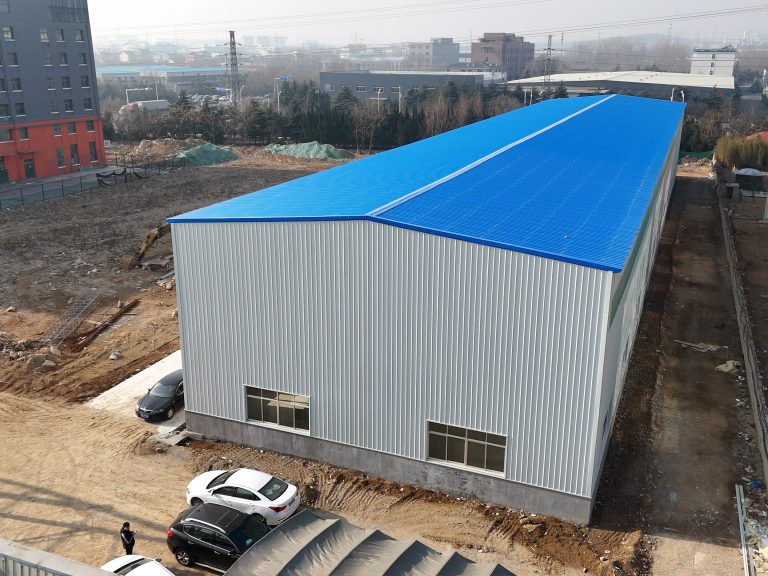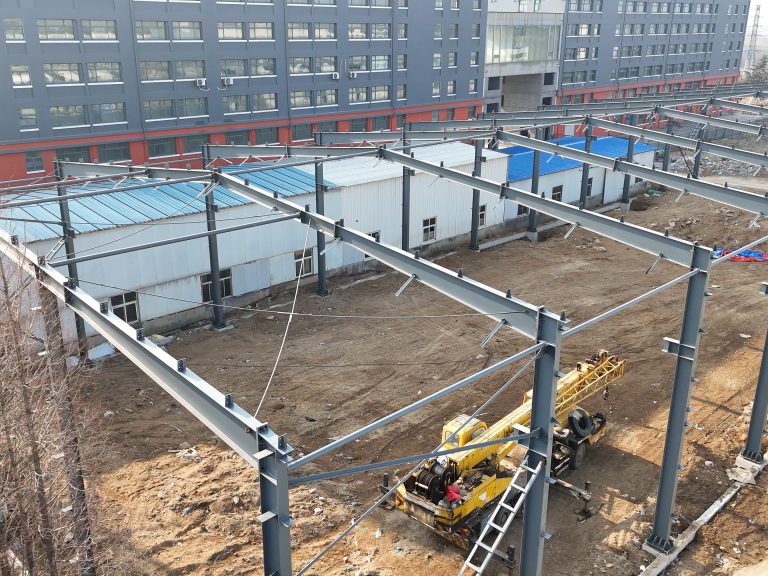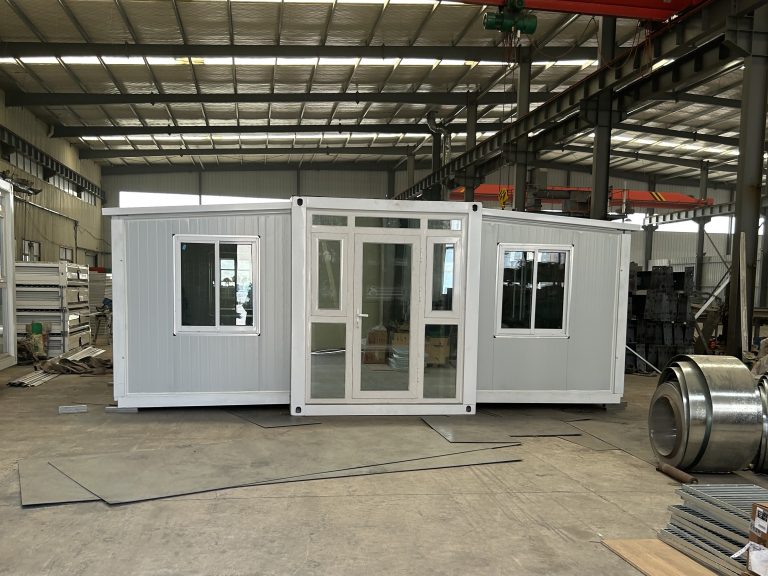Table of Contents
Benefits of Multi-Disaster Resistance Design in Steel Structures
In recent years, the frequency and intensity of natural disasters have been on the rise, posing a significant threat to infrastructure and human lives. As a result, there has been a growing emphasis on designing buildings and structures that can withstand multiple types of disasters, such as earthquakes, hurricanes, and floods. Steel structures have long been recognized for their strength and durability, making them an ideal choice for multi-disaster resistance design.
One of the key benefits of multi-disaster resistance design in steel structures is the ability to provide a high level of safety and protection for occupants. By incorporating features such as reinforced connections, bracing systems, and impact-resistant materials, steel structures can better withstand the forces of nature and minimize the risk of collapse during a disaster. This can help to prevent injuries and fatalities, as well as reduce the economic impact of rebuilding and recovery efforts.
Another advantage of multi-disaster resistance design in steel structures is the potential for cost savings over the long term. While the initial investment in designing and constructing a multi-resistant steel structure may be higher than traditional building methods, the long-term benefits can far outweigh the upfront costs. By reducing the likelihood of damage and the need for repairs or replacements, multi-resistant steel structures can help to lower maintenance and insurance costs, as well as increase the lifespan of the building.
Furthermore, multi-disaster resistance design in steel structures can also contribute to sustainability and environmental conservation. By using durable materials and efficient construction techniques, steel structures can be designed to last for decades, reducing the need for frequent renovations or demolitions. This can help to conserve resources, minimize waste, and lower the carbon footprint of the building over its lifetime. Additionally, steel is a highly recyclable material, making it a sustainable choice for construction projects.
In addition to the practical benefits of multi-disaster resistance design in steel structures, there are also aesthetic advantages to consider. Steel structures offer a sleek and modern appearance that can enhance the overall design of a building, while also providing flexibility in terms of layout and customization. This can help to create a more attractive and functional space for occupants, as well as increase the value of the property.
Overall, the benefits of multi-disaster resistance design in steel structures are clear. From improved safety and cost savings to sustainability and aesthetics, steel structures offer a range of advantages for building owners and occupants. By investing in multi-resistant steel construction, developers can create buildings that are not only durable and resilient but also environmentally friendly and visually appealing. As natural disasters continue to pose a threat to communities around the world, the importance of multi-resistant steel structures cannot be overstated. By prioritizing safety, sustainability, and innovation in building design, we can create a more resilient and secure future for all.
Importance of Evaluation in Ensuring the Safety of Steel Structures
Steel structures are widely used in various industries due to their strength, durability, and versatility. However, these structures are vulnerable to natural disasters such as earthquakes, hurricanes, and fires. In order to ensure the safety and resilience of steel structures, it is essential to design and evaluate them for multi-disaster resistance.
The evaluation of steel structures involves assessing their performance under different loading conditions, including static, dynamic, and environmental loads. This process helps engineers identify potential weaknesses in the structure and make necessary modifications to improve its resistance to disasters. By evaluating steel structures for multi-disaster resistance, engineers can ensure that these structures can withstand a wide range of hazards and protect the occupants and assets inside.
One of the key aspects of multi-disaster resistance design is the selection of appropriate materials and construction techniques. Steel is a popular choice for building structures due to its high strength-to-weight ratio and ductility. However, the performance of steel structures can be significantly affected by factors such as material properties, welding quality, and connection details. By carefully selecting materials and construction techniques, engineers can enhance the resilience of steel structures and reduce the risk of failure during disasters.
In addition to material selection, the design of steel structures plays a crucial role in their resistance to disasters. Engineers must consider factors such as load paths, redundancy, and ductility when designing steel structures to ensure their ability to withstand extreme events. By incorporating these design principles, engineers can create structures that are more resilient to disasters and have a higher probability of survival.

The evaluation of steel structures for multi-disaster resistance also involves testing and analysis to validate their performance under different loading conditions. This process may include physical testing, computer simulations, and analytical calculations to assess the structural response and identify potential failure modes. By conducting thorough evaluations, engineers can gain valuable insights into the behavior of steel structures and make informed decisions to improve their performance.
Furthermore, the evaluation of steel structures for multi-disaster resistance requires a comprehensive understanding of the relevant design codes and standards. Engineers must ensure that their designs comply with the latest industry guidelines and regulations to guarantee the safety and reliability of the structures. By following established codes and standards, engineers can minimize the risk of structural failures and ensure the long-term performance of steel structures in the face of disasters.
In conclusion, the evaluation of steel structures for multi-disaster resistance is essential to ensure their safety and resilience in the face of natural disasters. By carefully selecting materials, designing structures with resilience in mind, and conducting thorough evaluations, engineers can create steel structures that are better equipped to withstand extreme events. Ultimately, the importance of evaluation in ensuring the safety of steel structures cannot be overstated, as it is a critical step in protecting lives and property in the event of a disaster.







